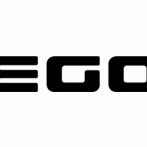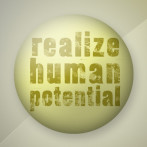An Outdated Business Suit?
Intellectualism, elitism, arrogance, anger, domination, detachment…these can be personal strategies or “suits of armor” found in places of business. Because they tend to be worn unconsciously, people are generally not aware that they are wearing this particular “suit” nor that it has been designed specifically for the workplace. As the name implies, suits of armor are created for safety. Their purpose–to keep the person protected. Business environments are usually physically safe for people, but oftentimes considered unsafe for the ego. Our egos are highly industrious and take their mission of keeping us out of harm’s way very seriously. They are also extremely vigilant and on 24 hour watch. Perceived threats of any kind are to be, to use a military term, actively neutralized. So what are some of the threats common to the ego in the workplace? Some of the most powerful have to do with our sense of self. Am I smart and capable enough? Am I smarter and more capable than my colleagues? Or less so? Am I perceived by others as smart and capable? Other perceived ego threats are affected by financial concerns. Is my job and hence, my livelihood, safe? Is the company stable? Do I have a future here? Do I want a future here? Others have to do with people and relationships. Do I trust the people that work for me? Can I trust the people I work with? Is there someone that wants my job? While all of this can sound like the mad ravings of paranoia, the truth is ALL of us experience some amount of ego-based fear. If you are not aware of any type of ego-based fear, your suit of armor may be one of arrogance or detachment. The ego is part of being human and it has a job to do. Our job is to notice it, become familiar with the strategies it employs and get clear on whether or not these strategies are in service to our current experience of life and work. Additionally, companies can become places that render suits of armor unnecessary. Some effective ways to quiet security-seeking egos include: Building trust Actively conveying the company values, purpose, mission and vision Opening lines of communication Welcoming personal nuance and authenticity Inviting collaboration and collegial support Reframing mistakes into the learning opportunity they actually are Fostering a caring culture The survival ego is a useful instrument for keeping us alive, but not the best business tool. Creativity, innovation, constructive communication, teamwork and excellence are the products of a relaxed and secure ego…not one that’s constantly looking over its shoulder. The truth is, suits of armor are heavy and a pain to haul around the office....
Read More




